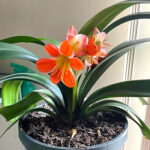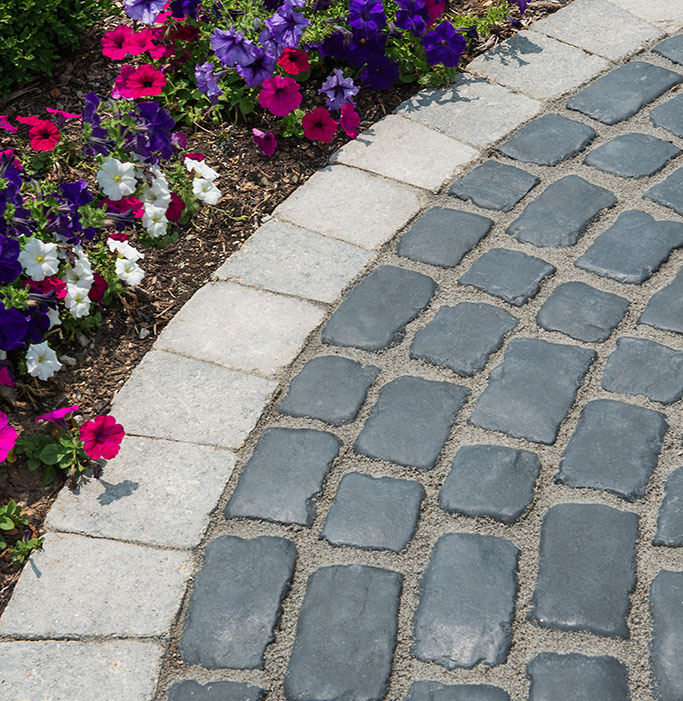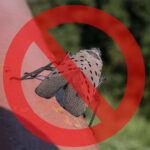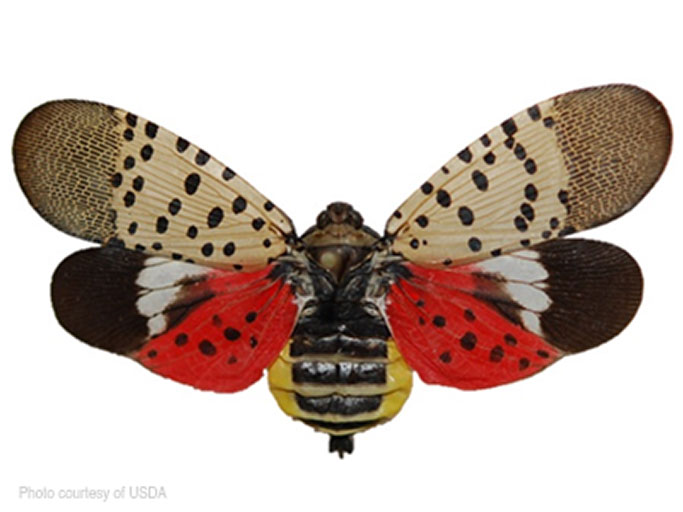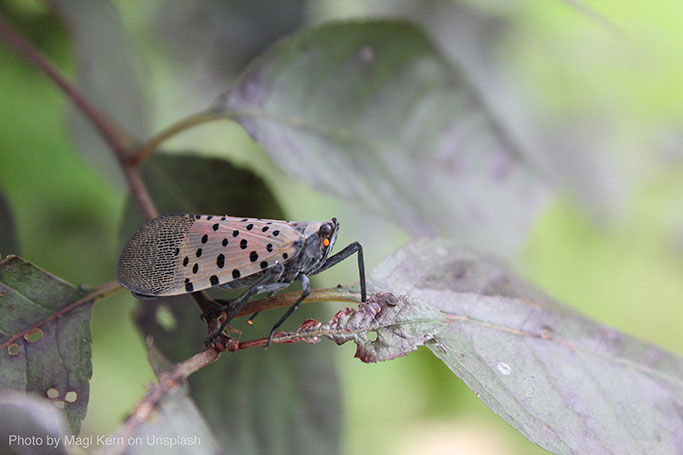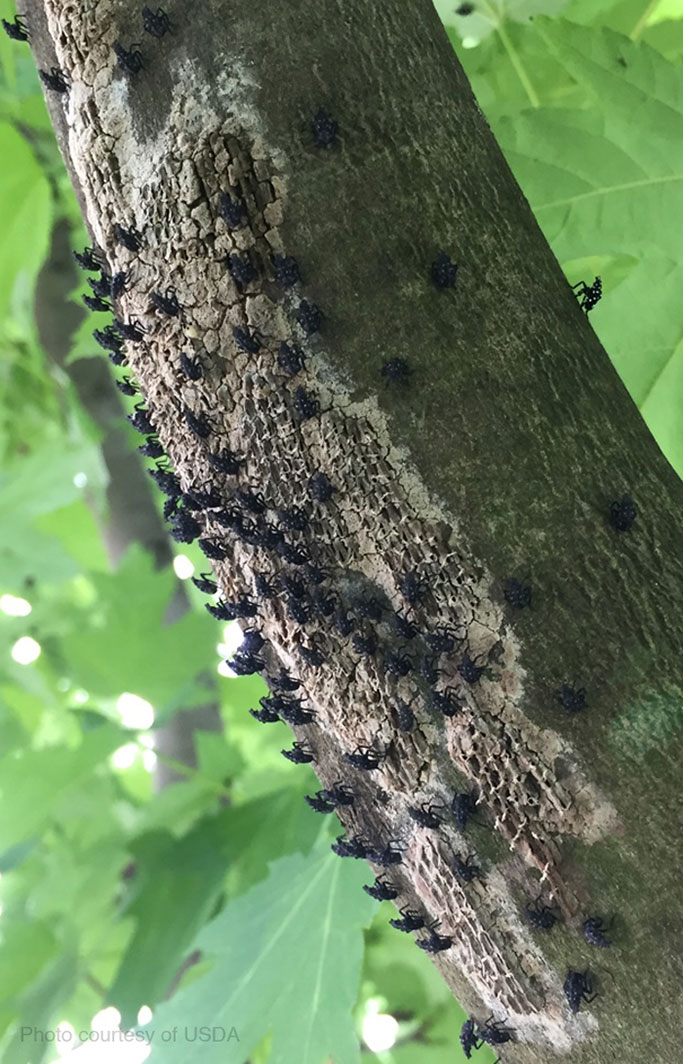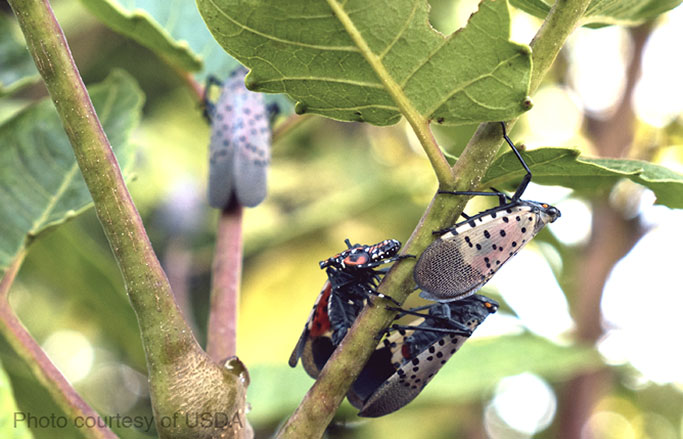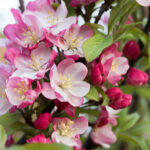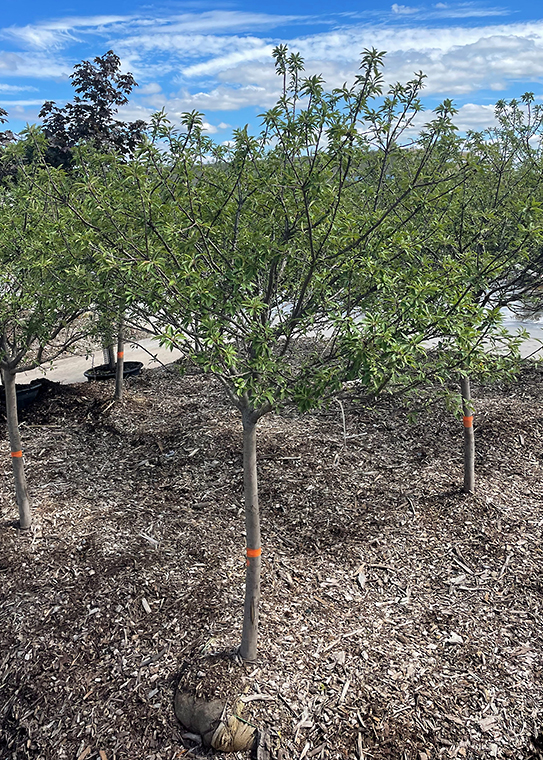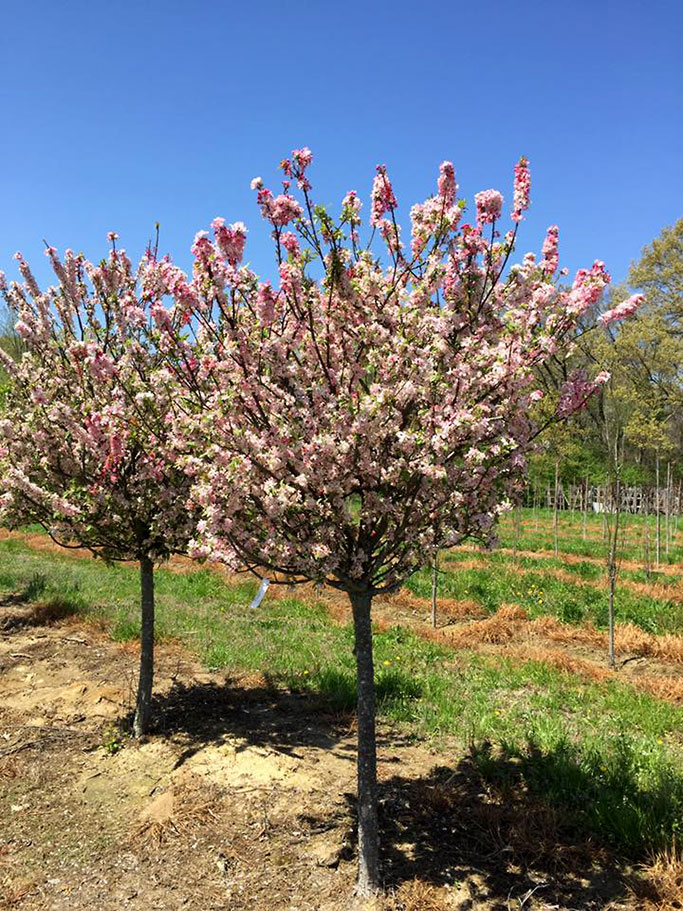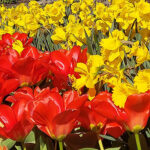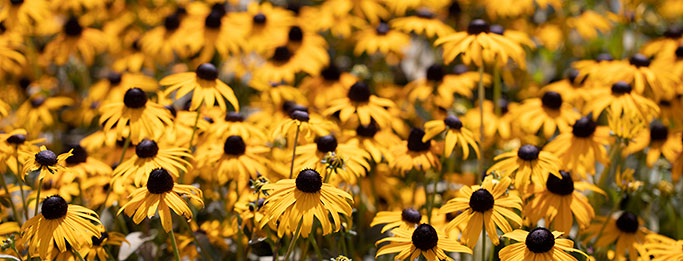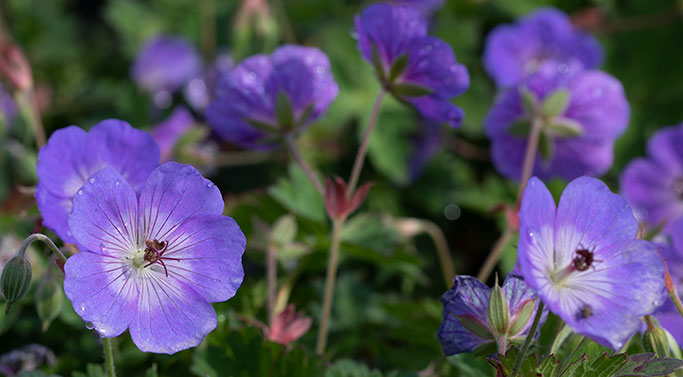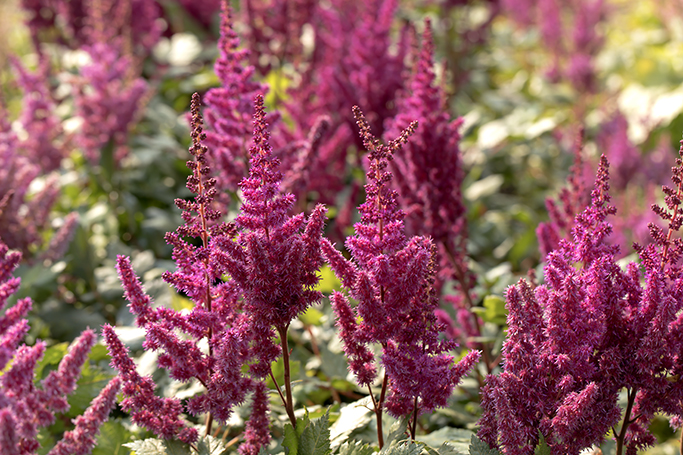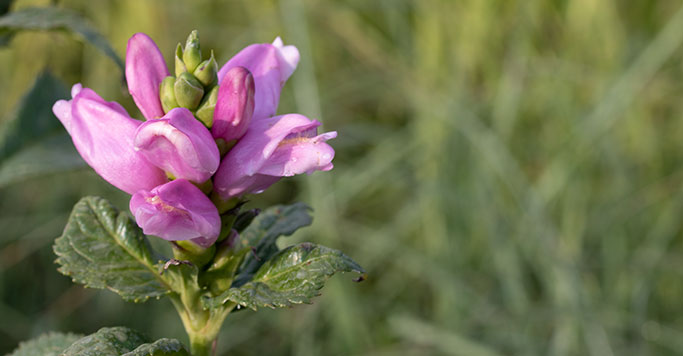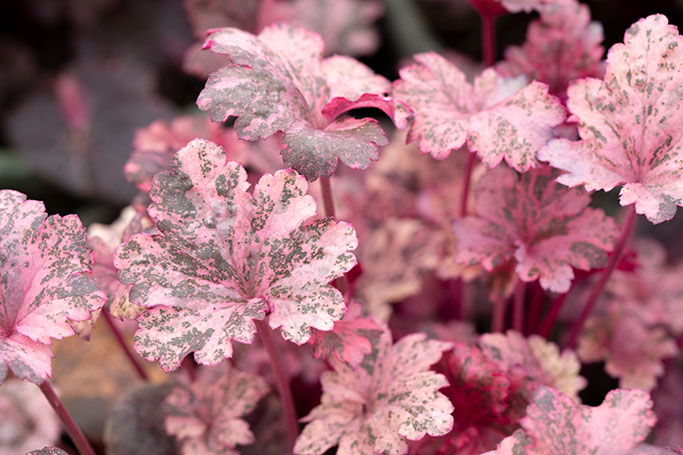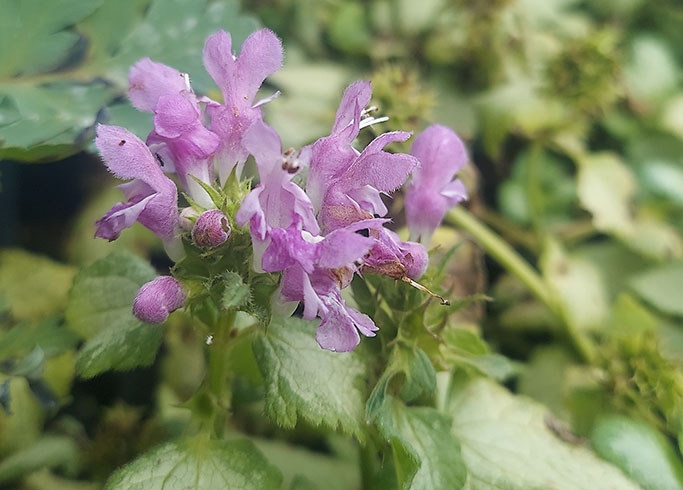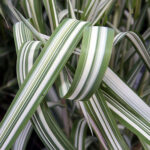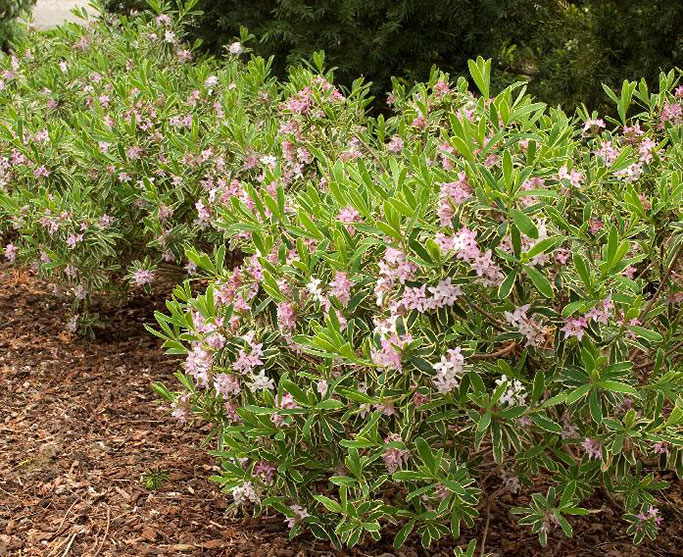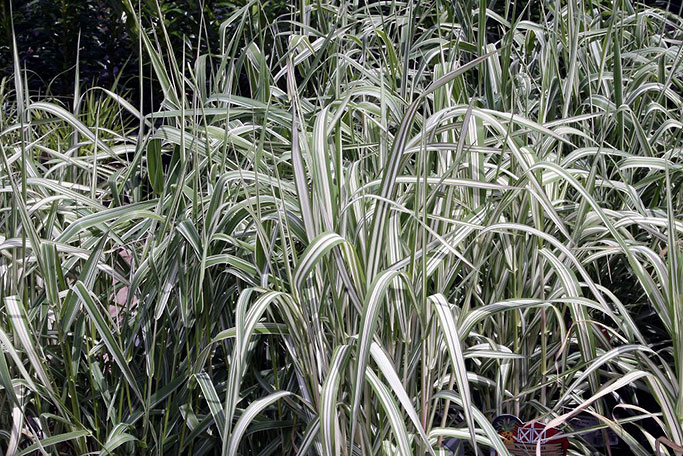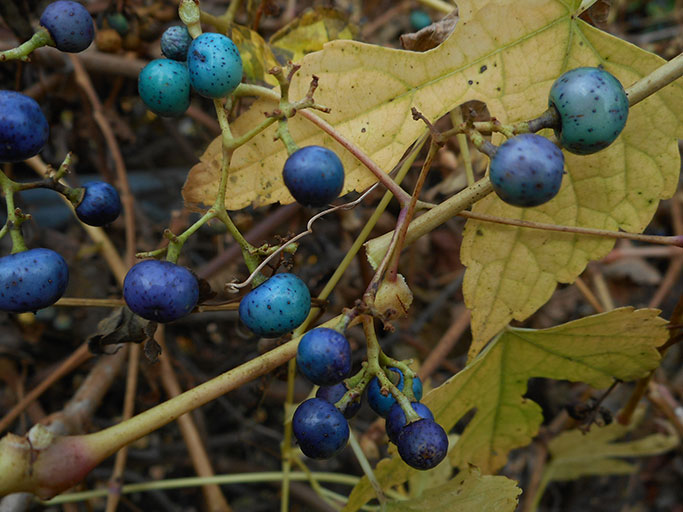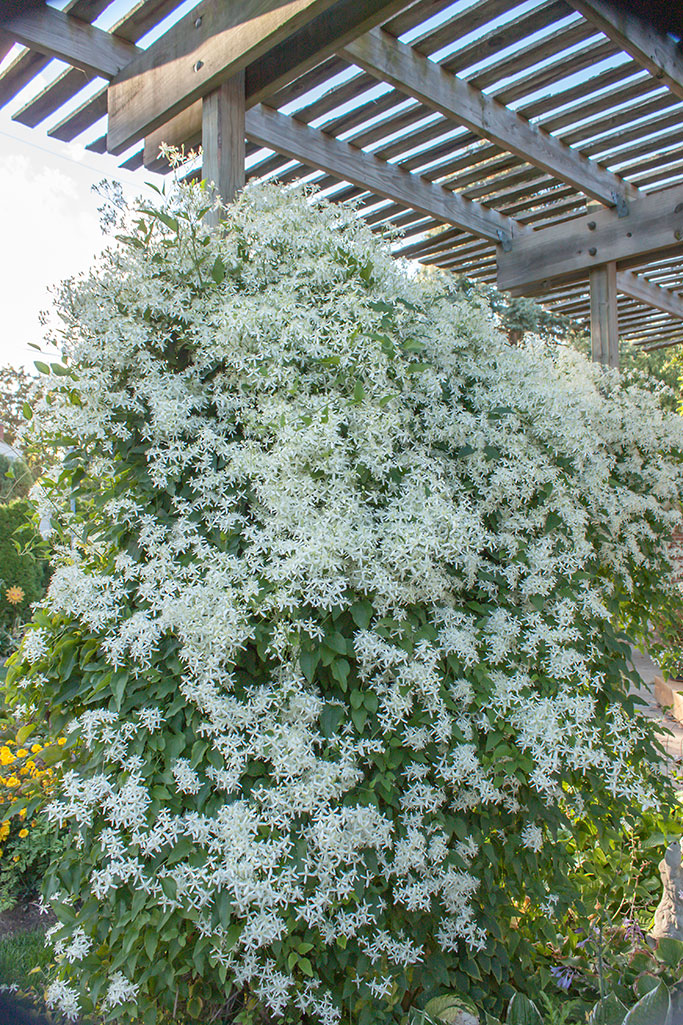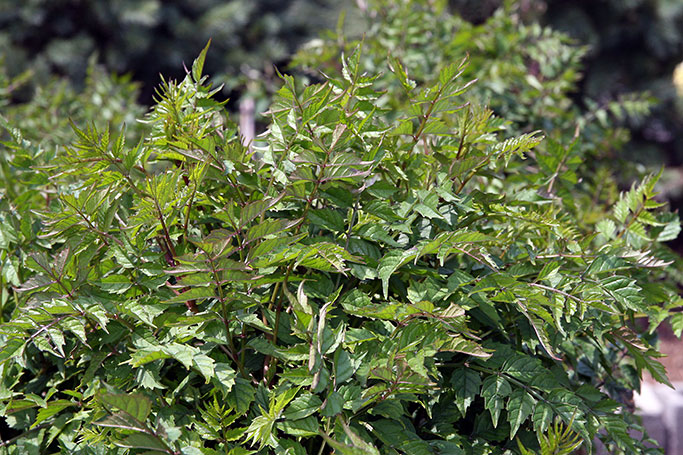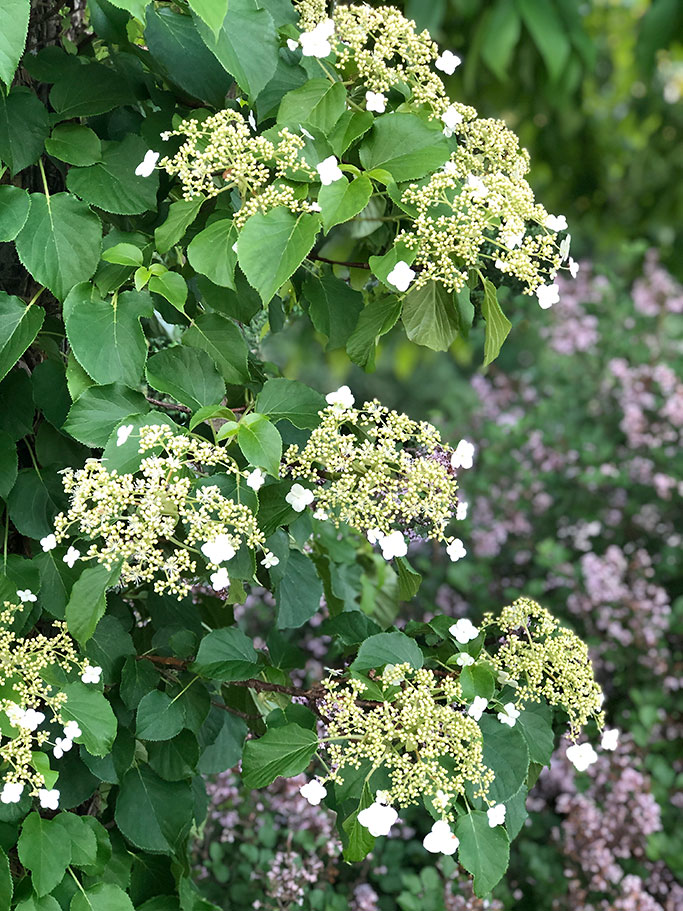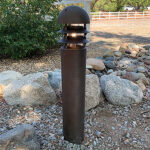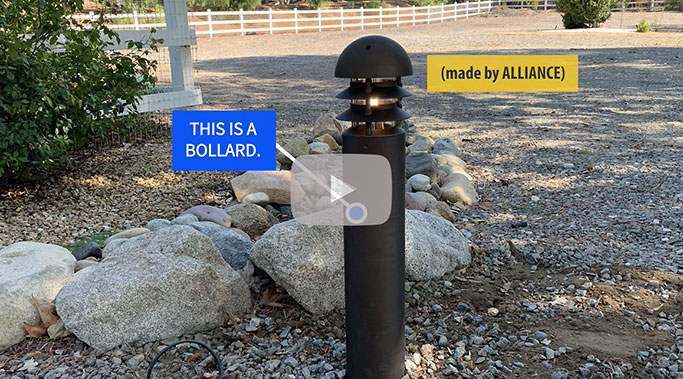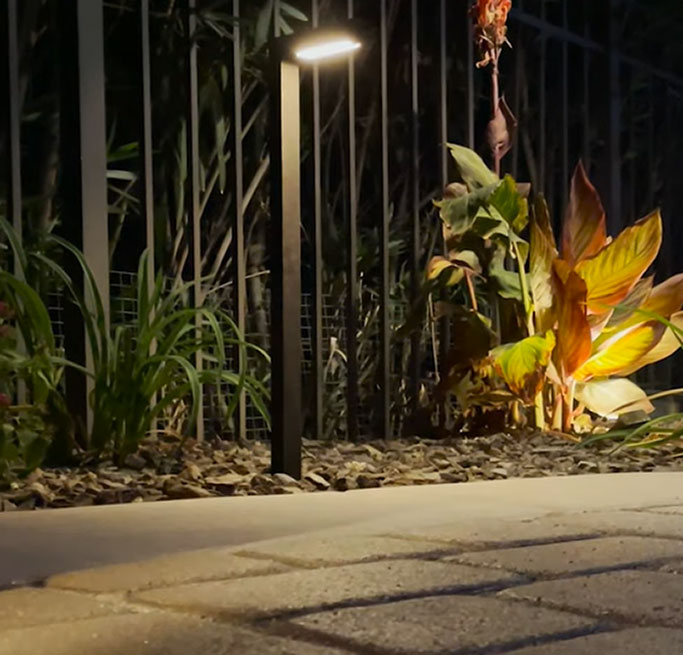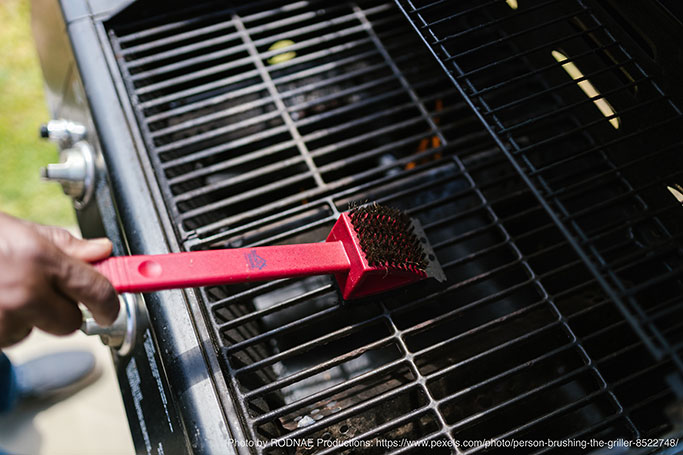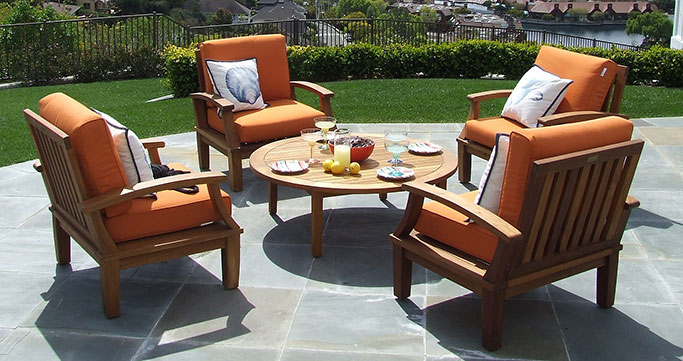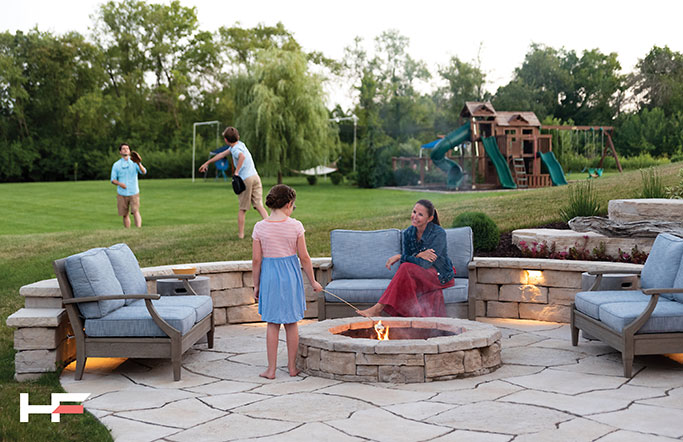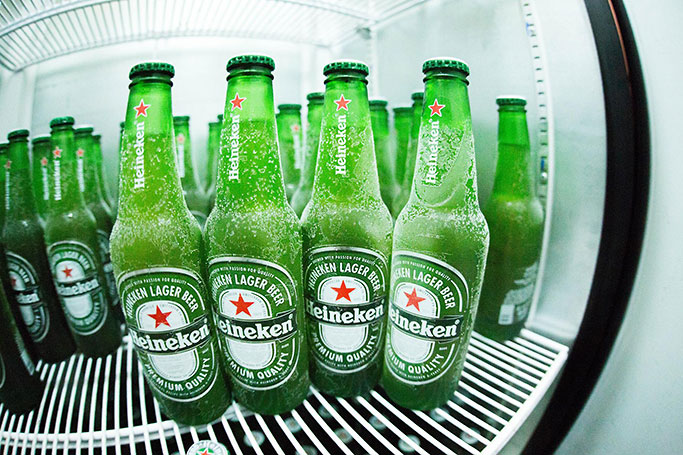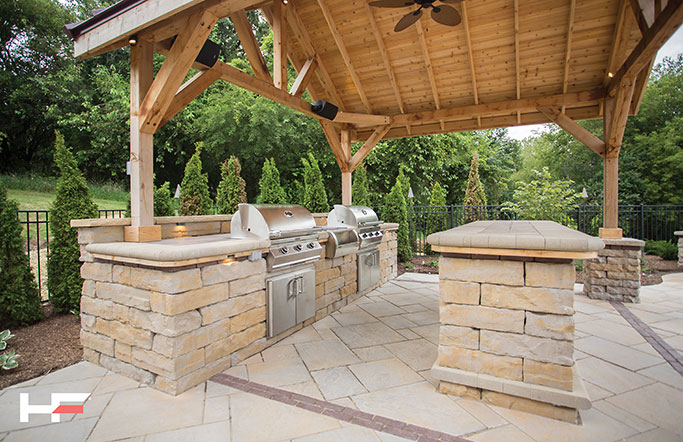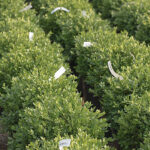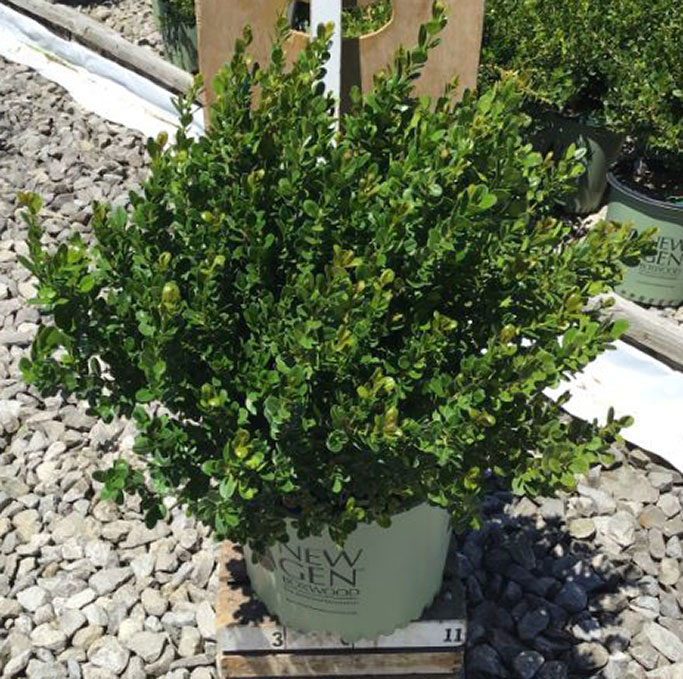Growing and caring for plants is my passion. As if growing tens of thousands of perennials a year here at Christensen’s Plant Center wasn’t enough, I have taken my love for plants home with me. I currently have 20+ houseplants that I care for. The key to success is knowledge and experience. It is important to know what to do, and what not to do. Proper plant care will ensure that your plants thrive, and do not suffer or die (my death count is quite impressive). It has taken years of trial and error to figure out what works best, but I am still learning. If you have any interest in becoming a houseplant novice, this article will provide tips, suggestions, and things to consider.
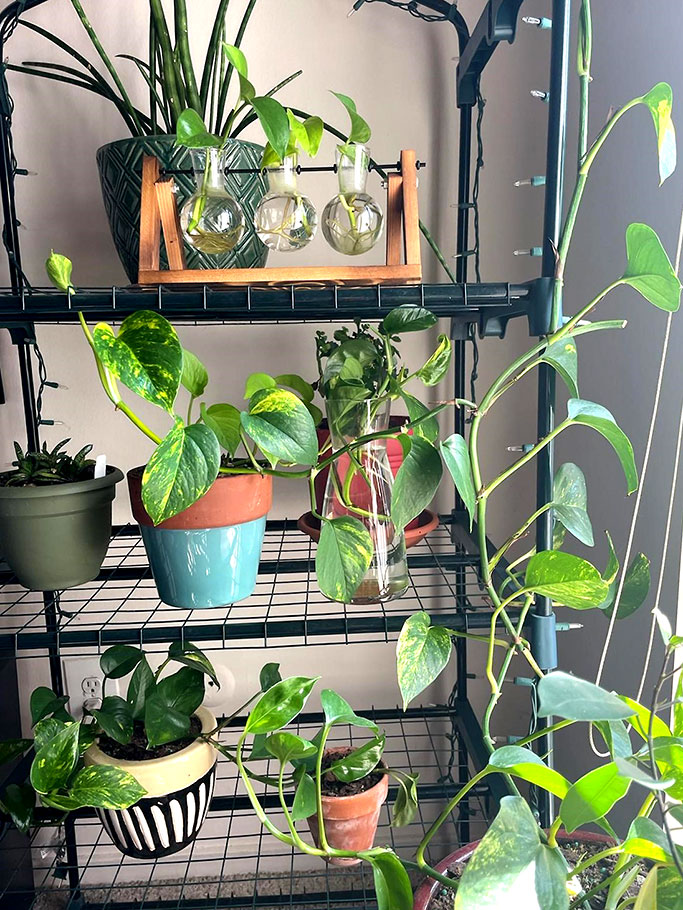
Having plants in your indoor spaces is great for mental health. Improving anxiety, depression, mental fatigue, relaxation, happiness, and cognition are just some of the benefits. When in nature, we improve our overall well-being. Imagine how good you feel when you walk in the woods or even take a walk around the block. Studies have shown that this is because humans seek out connections with other forms of life whether that be plants, animals or other humans. Houseplants can also help cure the blues during those long, cold winter months. Improving air quality through absorption of carbon dioxide and releasing oxygen will help you feel less tired, fatigued, and drowsy. Elevated carbon dioxide and oxygen increase moisture and humidity in the air (which can also help with dry skin). Believe it or not, air pollution can be found in your home as well so having these natural air filters around is incredibly beneficial.

Houseplants have different demands, requiring individual watering, sunlight, and soil needs. You will want to know each plant’s distinct needs when choosing what to grow. I recommend starting with easy-to-grow houseplants and then move up in skill level from there. My favorite plants to grow are Pothos varieties. These are vining plants that can get very long. Once they get lengthy, they can be “chopped and propped” which means they can be cut into pieces for propagation. To propagate, I cut off a 3-4” piece right below a leaf node (where the leaf meets a stem), place in water, and watch them root. Once rooted, I place them in a pot of soil, fertilize, and watch as they take off. The ability to propagate is one of my favorite features of these plants. Pothos, Snake Plants, Bamboo, Peace Lily, and Spider Plants are among the easiest to grow. While Orchids, Ferns, Fiddle Leaf Fig, Succulents (like string of pearls), and air plants are among the most challenging. Consider how much time, and effort you have and are willing to give to plants at home when deciding what to plant.
When growing houseplants, not all light is equal. The direction the light enters the room makes a big difference. South-facing windows will be most effective for indoor houseplants. Next best is east or west. If you have good natural sunlight coming from these directions, you should not have any issues. However, if your space isn’t the sunniest, you may want to opt for grow lights. LED full spectrum grow lights (between 4000 and 6000 Kelvin) are the best choice. These bulbs have both blue and red lights that mimic the full-color spectrum of the sun.
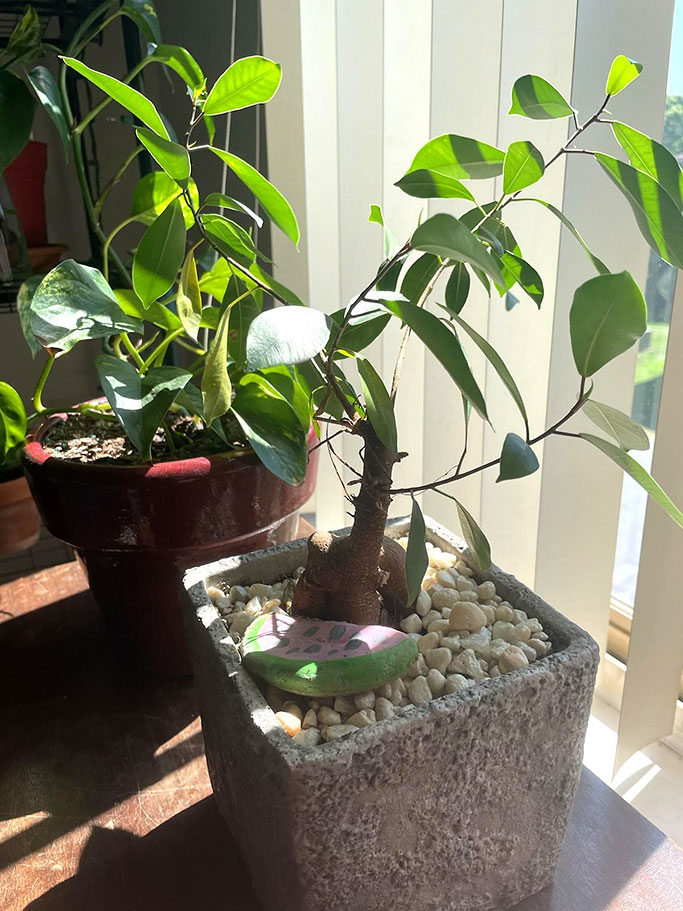
Another factor to consider when growing houseplants is watering needs. Some plants can be watered once a week, while others would prefer once a month (or when soil dries out completely). I also like to water my plants on a schedule and mark it on my calendar. I always check the dampness of soil with my finger before adding more water. Overwatering is an easy way to kill houseplants, succulents especially.
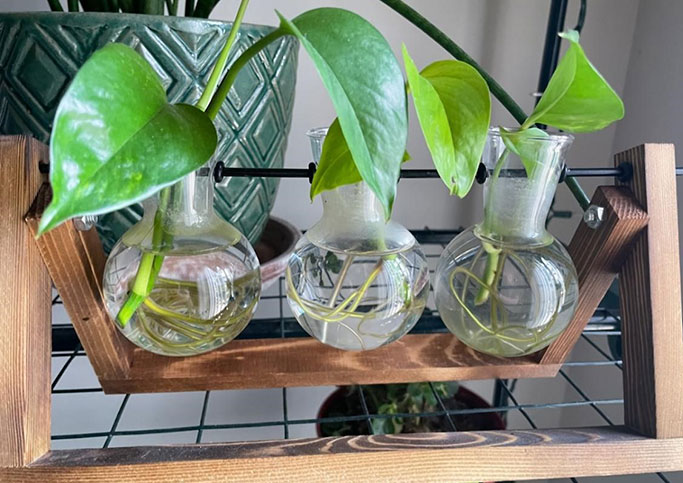
Growing houseplants is beneficial to mental and physical health, air quality, productivity, connectedness to nature, and is aesthetically pleasing as home décor. For these reasons, I highly recommend growing and enjoying houseplants in your space. This hobby is something that keeps me happy and busy, and maybe you will enjoy it too.
**Authors note: Husbands/wives/partners/roommates etc. are not always as enthusiastic as you are about turning your home into a jungle. Please keep that in mind when trying to fill every space available with houseplants. Be sure to use the above benefits to try to persuade them! However, compromise might be necessary.
HAPPY PLANTING!!

